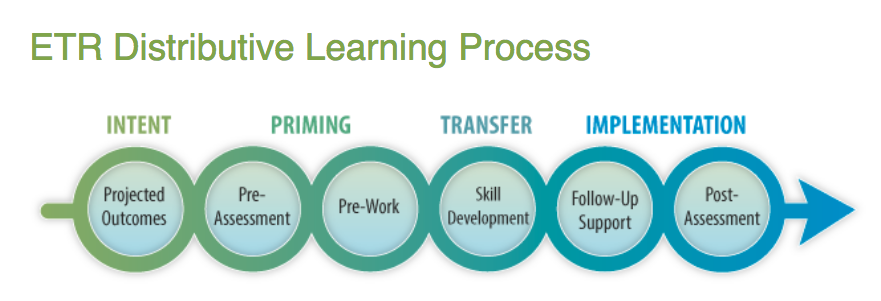How to Design an Effective Staff Retreat: A Lesson from Life
By Sarah Axelson, MSW | March 18, 2018
When is the last time your organization held a staff retreat? Did it help you accomplish your organizational goals?
A few weeks ago, ETR held its annual staff retreat. I was genuinely inspired. The planners of this event offered some valuable lessons for any organization on how to design effective and engaging retreats.
I’m a relatively new employee at ETR. This was my first retreat, and I wasn’t entirely sure what to expect. “Staff retreats” can mean all sorts of things: hours-long strategic planning sessions, reviewing annual reports and budgets, feedback sessions where staff are encouraged to ask questions of leadership but no one speaks up because everyone is in the same room. The list goes on.
I was optimistic that ETR’s retreat would be something different—that it would, in fact, exemplify the professional development principles that ETR holds dear.
Knowing those principles, I anticipated that the retreat would be meticulously planned and organized, with clear intent about goals. Pre-work would prime me for the learning objectives. There would be plenty of activities that asked me to think hard, interact with colleagues, move around the room, and spend some time in personal reflection. There would be lots of opportunities for meaningful face-to-face connection with other ETRians. There would be follow-up.
And of course, we’d have fun while we did all of these things. Lucky for us, this retreat delivered!
About the Distributive Learning Process
The principles used in ETR’s retreat come from the Distributive Learning Process. Developed by ETR in 2014, this is a research-based approach for designing and delivering skill-building trainings. It reflects best practices in adult learning and provides a framework that results in positive change.
The goal is to ensure that adult learners are prepared to learn new information, and then able to transfer that information to application after the event. Now, our staff retreat was not actually intended as a skill building training. But it turns out that applying the relevant elements from the DLP into retreat designs is an effective way to engage staff and ensure that relevant content “sticks.”
Step 1: Be Intentional About Intent
The first step in the DLP is identifying projected outcomes: what do you want learners to achieve? What are your goals and objectives? Clarity of intent is key for any learning event.
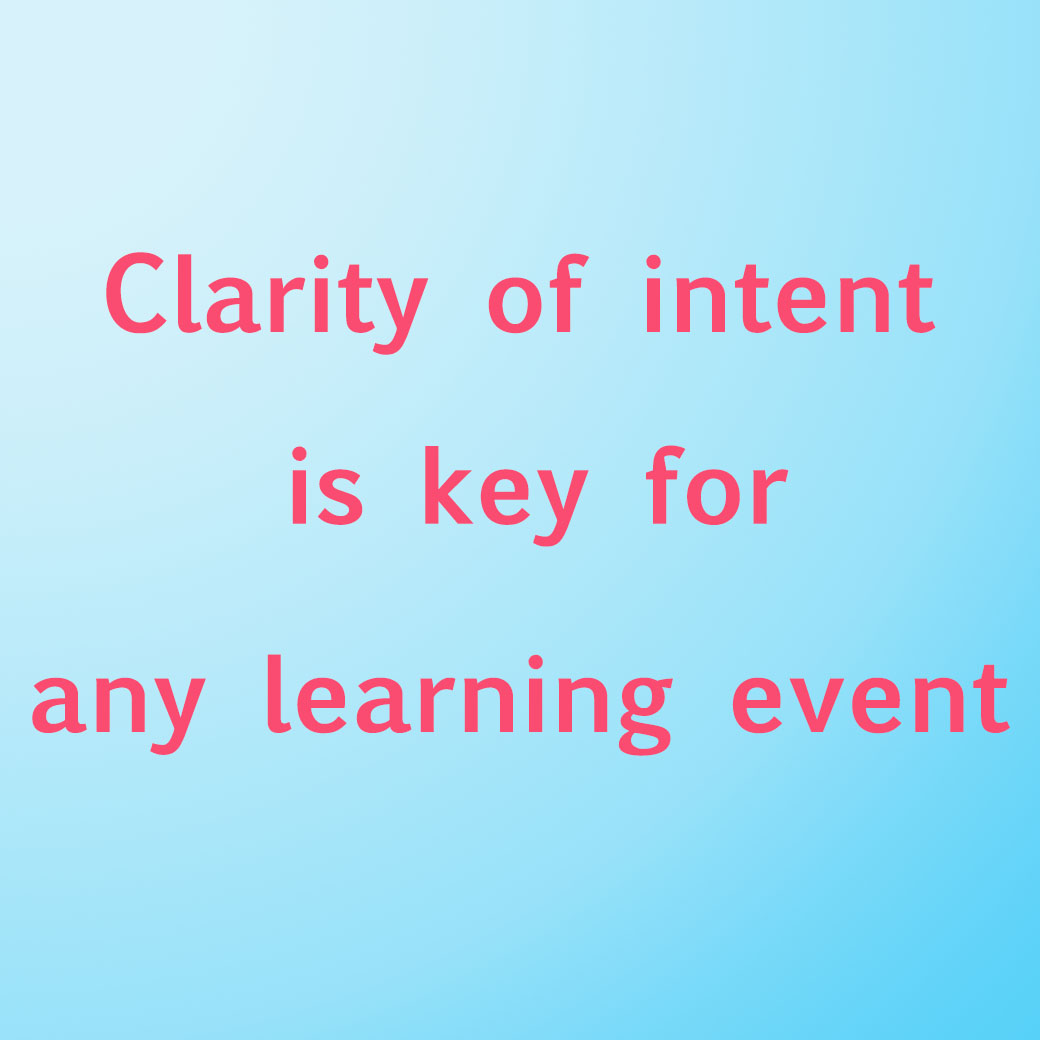
ETR’s retreat planning team set objectives that Goldilocks herself would have been proud of. They didn’t set the bar too low, aiming only to “network” with colleagues or “learn something new.” They also didn’t overreach, promising to deliver a deep understanding of organizational concepts that would require hours of discussion and reflection.
Instead, the objectives were just right. The day included a healthy mix of connection and social interaction, with appropriate work on key organizational concepts that could be covered sufficiently during the time we had available.
Our Intent: Bringing Together Our Patchwork of Connections
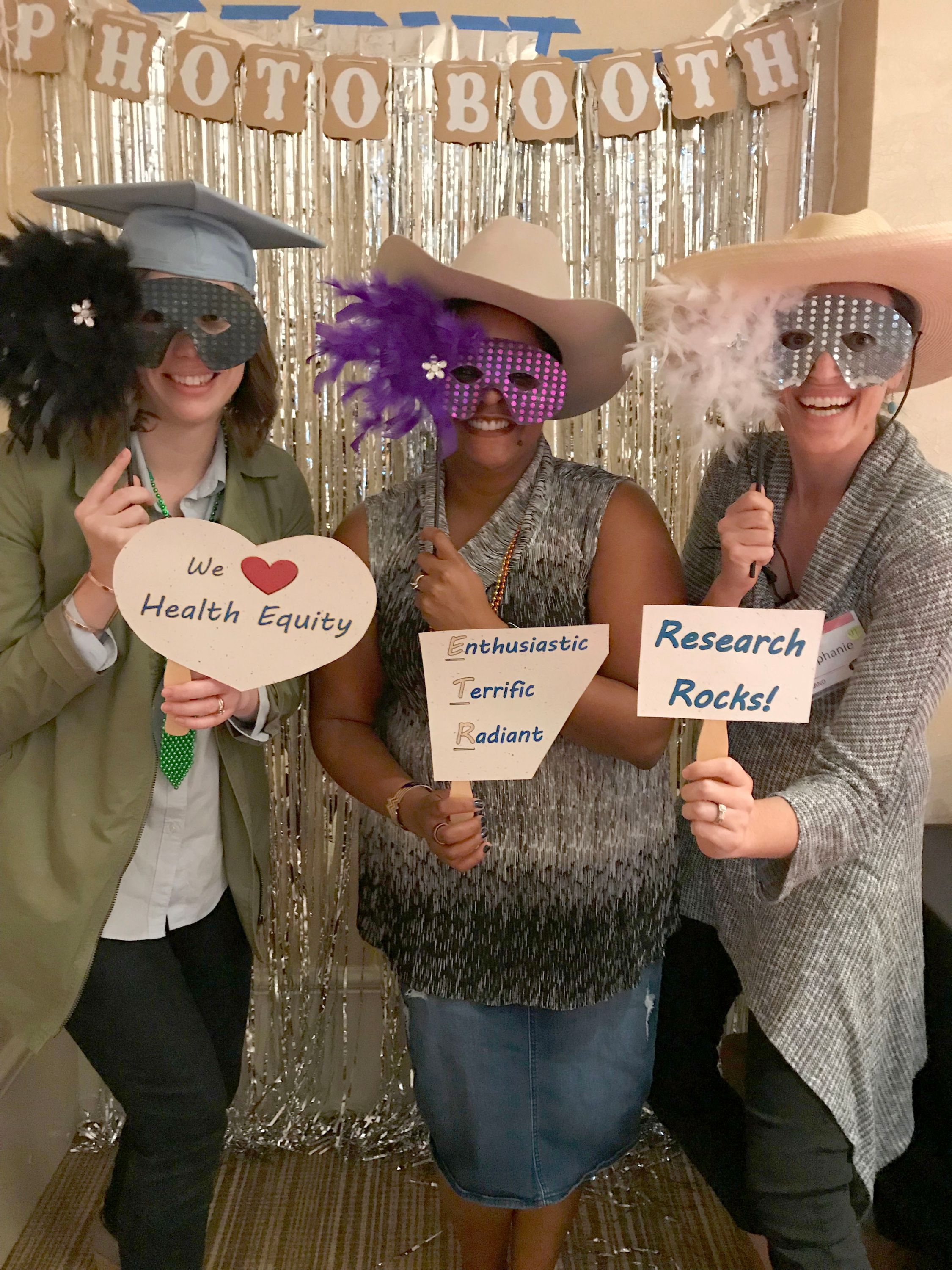
We are a distributed workforce of 90, with folks located all around the country. Staff are in one of three offices in California or are part of the Remote Team (R-team for short—people who work from their home communities, wherever those may be). It’s rare for us to see everyone in the organization, all at one time. That’s why the planners asked everyone to make connections at the retreat with at least 15 people they hadn't known well before. Following up on this intention, the planners presented activities that made this possible.
They also wanted staff to make connections with our newly reworked mission and vision statements, as well as our recently developed organizational norms document. They wanted to strengthen connections with ETR’s Health Equity Framework, an evolving model that is essential to all of the work we do.
Our theme, “A Patchwork of Connections,” brought us back to these goals throughout the day.
Taking Care of the R-Team
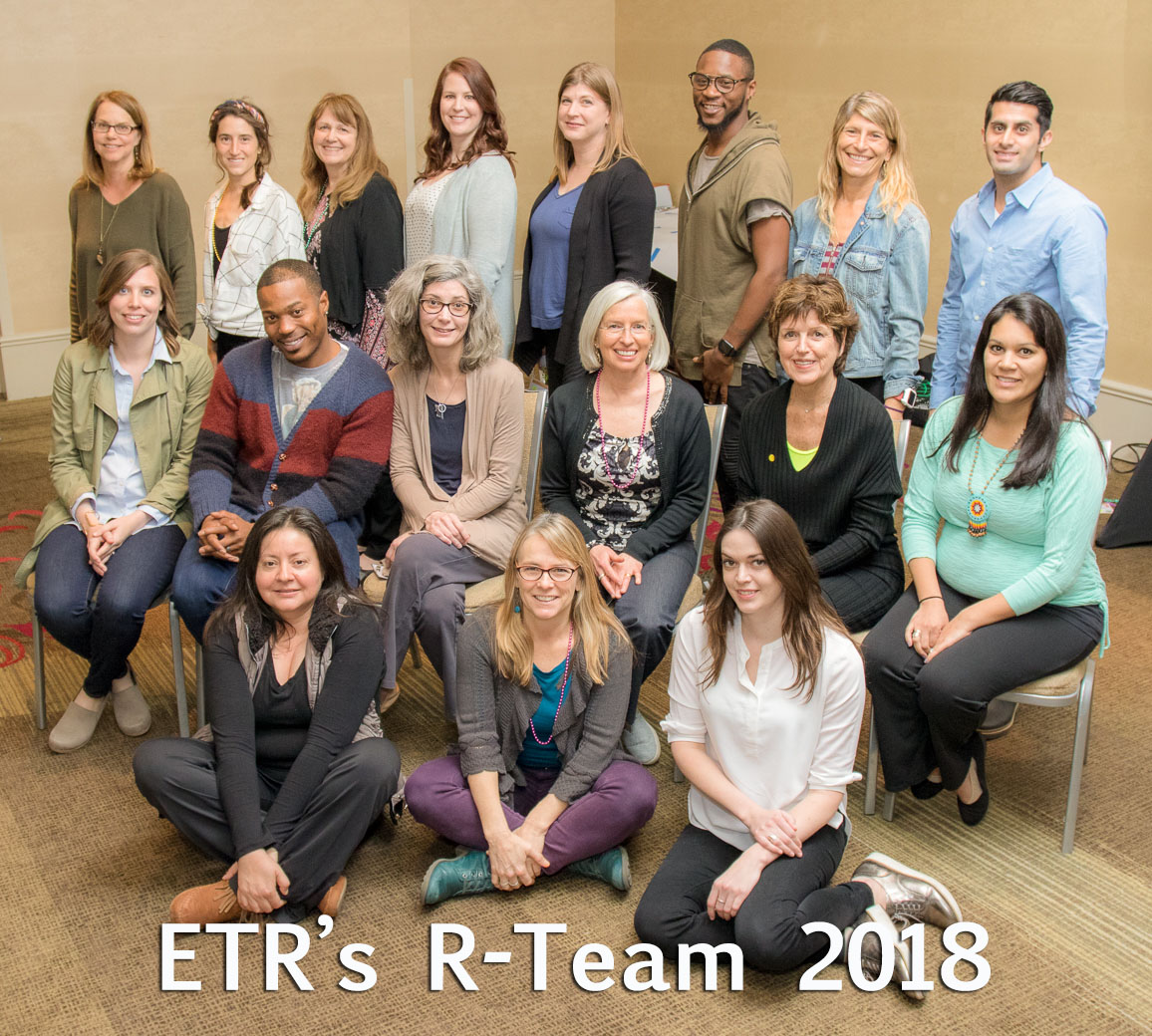 In a distributed workforce like ETR’s, one of the keys to building an engaged and energetic culture is making an extra effort to respect and celebrate remote workers. To this end, the day before the all-staff event, the R-Team participated in a half-day retreat of its own. Their retreat helped solidify connections within the team and identified practical steps to enhance their inclusion and leadership throughout the organization.
In a distributed workforce like ETR’s, one of the keys to building an engaged and energetic culture is making an extra effort to respect and celebrate remote workers. To this end, the day before the all-staff event, the R-Team participated in a half-day retreat of its own. Their retreat helped solidify connections within the team and identified practical steps to enhance their inclusion and leadership throughout the organization.
Step 2: Set the Stage Through Priming
The Priming phase of the DLP sets the stage for learning before the event takes place through two processes: pre-assessment and pre-work. Pre-assessment gathers a sense of participants’ current knowledge and skill so that facilitators can tailor training designs to “meet participants where they are.”
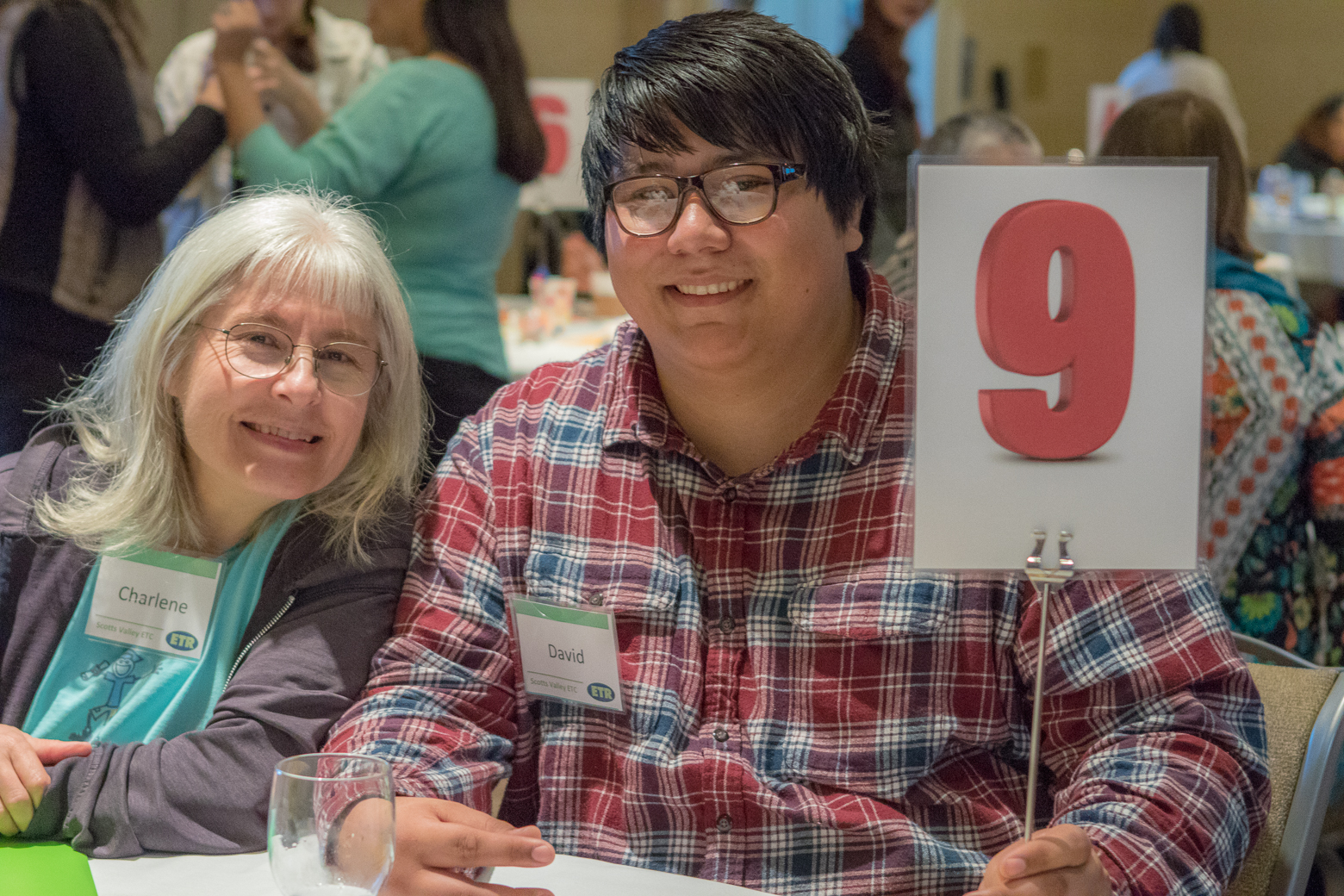
Similarly, pre-work gets participants focusing on the content that will be delivered during the event. They complete a few key activities on their own, get thinking about the issues, and then use the meeting time to process and apply the information together.
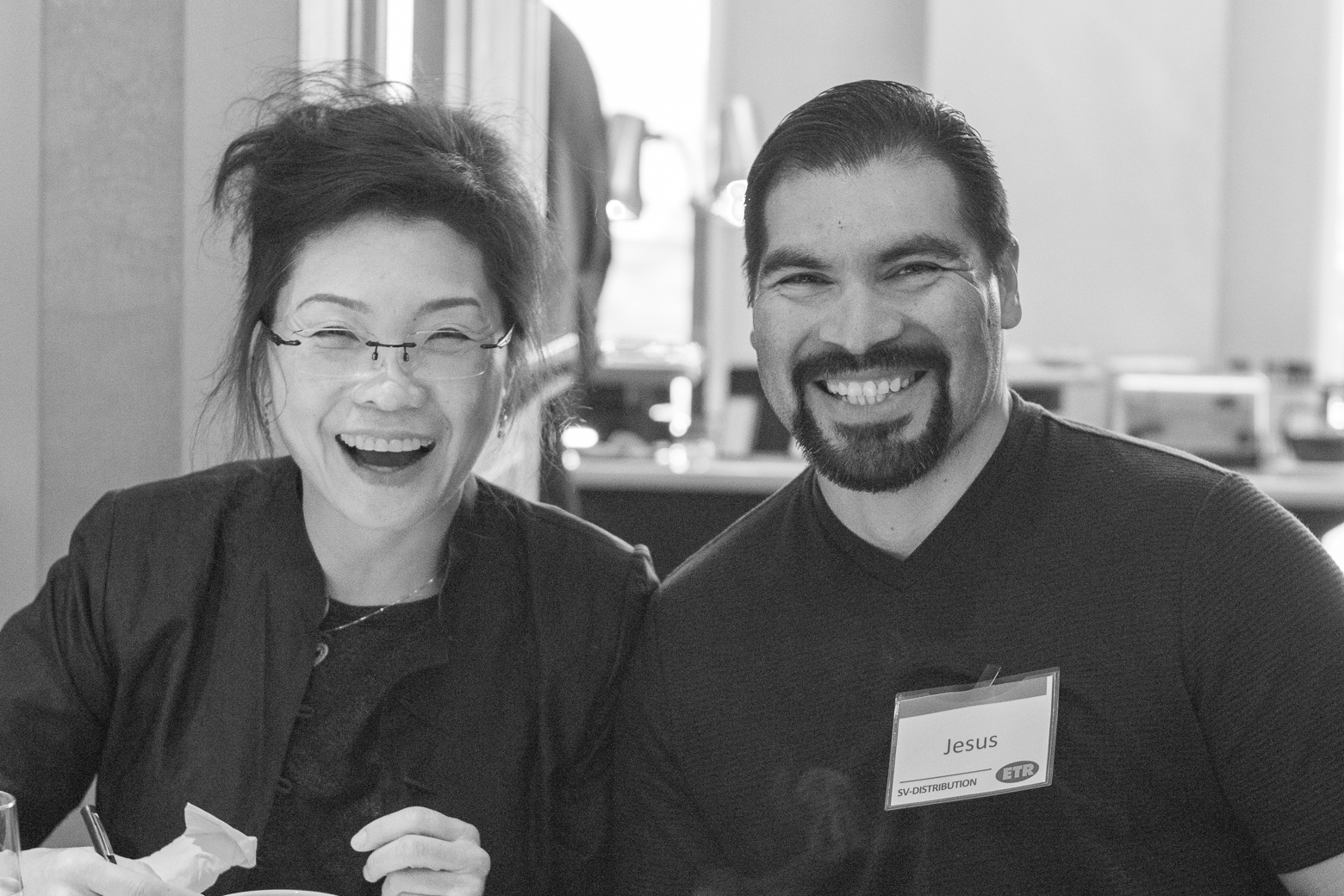
As ETRians, I think it’s safe to say we knew pre-work was coming. And it did, but not in that way that so often feels like busy work. The pre-assessment asked what we wanted to get out of the retreat. It included items that were fun and made us feel part of something bigger—like adding a song we loved to the “ETR playlist.” (This music was played in the meeting room during transitions and breaks. Copies of the playlist were included in all of the participant folders. Let me tell you, our staff has some great taste in music!)
We also took part in pre-work addressing diversity and inclusion. We engaged in thoughtful dialogue with our colleagues on some pretty difficult issues. This is something we don’t often get to dive into during busy days. This work was connected to an activity in the retreat addressing similar issues.
The priming work didn’t take much time, but the value of the pre-work was equal to the work we did on retreat day. I can’t overstate the importance of this part of a learning event.
Step 3: Transfer of Learning
Learning transfer is the heart of any learning event. Here are some common elements for engagement:
- An inclusive, learner-focused environment
- Group interaction, discussion and sharing
- Development of concrete action steps
Our retreat had all of these elements. I was most impressed by how seamless they were, and how they moved the day forward in an exciting and engaging way.
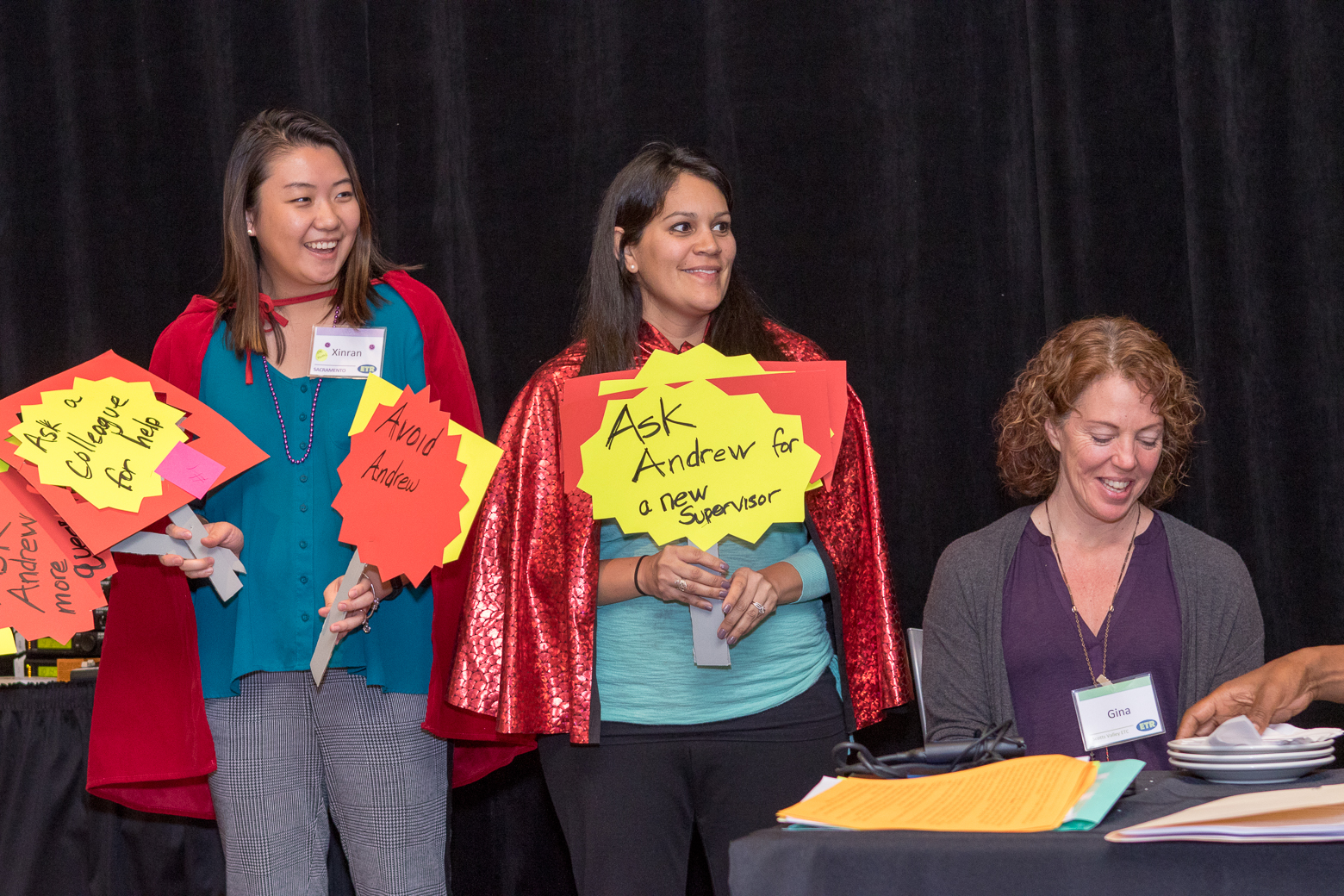
Over the eight hours we were together, our group participated in more than 15 unique activities, exercises or discussions. The design of those activities reflects two important principles of adult attention: (1) most adults have relatively short attention spans, and (2) attention will be enhanced when people are enjoying themselves, motivated in what they’re doing, and fed (or at least are not hungry, thirsty, stressed, etc.).
Our retreat had plenty of good food. We were never sitting and listening for more than 10-15 minutes. Longer activities were interrupted by physical movement that supported the learning goals (e.g., “Rotate to a new table and discuss this question…”).
Activities were separated by Pop-Ups, delightful little three-minute segments where staff members “popped up” and shared information about something helpful for others to know. Our Pop-Ups covered our active ETR Steppers group, leadership team office hours, and social media strategies within and beyond the organization.
Through it all, what mattered was that we were engaged in the learning, even when it just felt like fun.
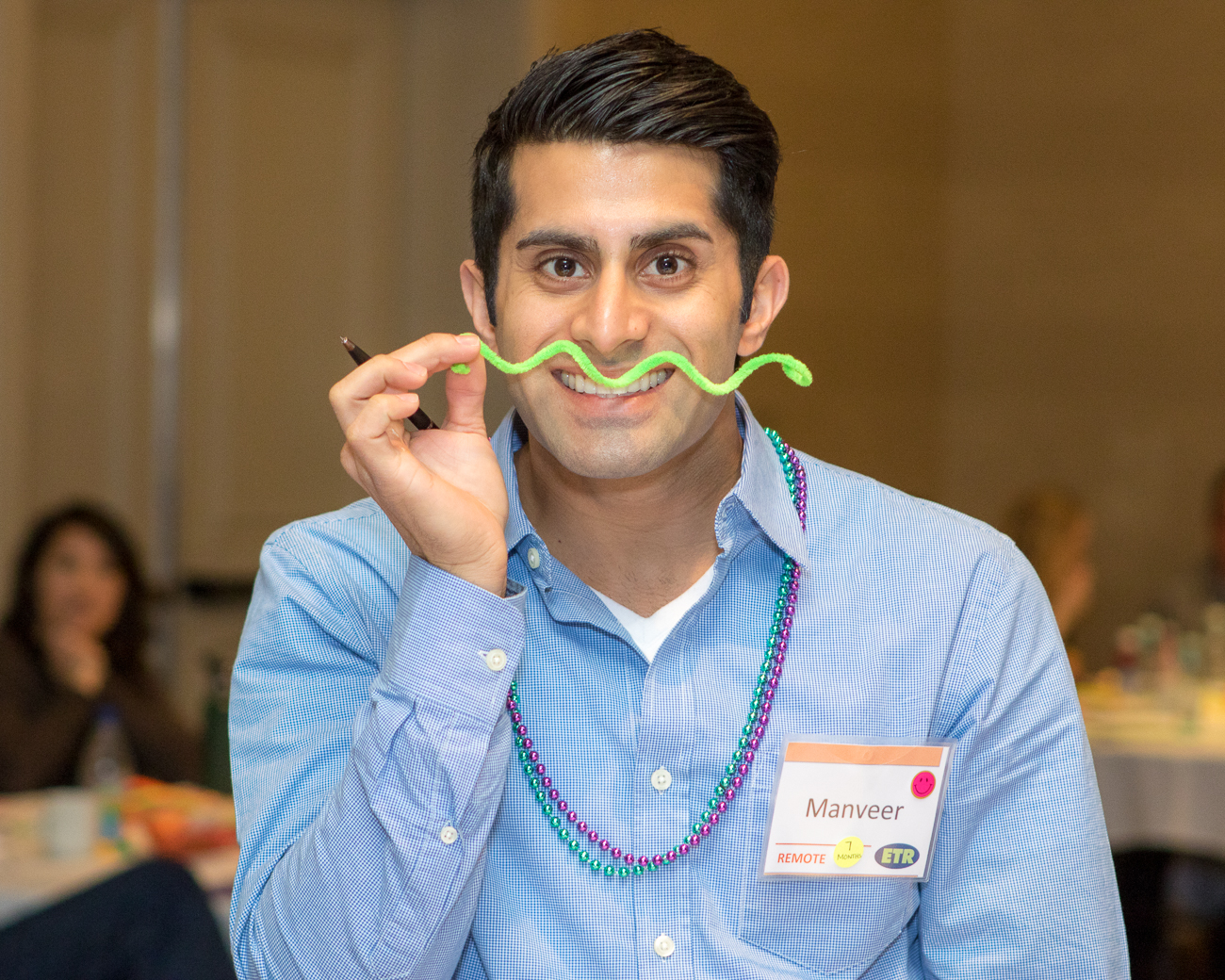
Step 4: Implementation and Beyond
The intent of most learning events is to help learners apply the information—to change something for the better when they return to their work settings. The DLP suggests this is best achieved through follow-up support and post-assessment. These steps reinforce the content, skills and information from the learning event. They remind participants of what they learned, and encourage them to apply new skills, even though they are no longer in the learning environment.
Not more than a day or two after our staff retreat, the planning team was operationalizing our follow-up support. They emailed a checklist “so our retreat learnings, connections and commitments stay alive.” It included action steps (literally: “Join the ETR Steppers and thrive!”), key learning, and reminders of where and how to access resources discussed during the retreat.
Don’t Forget the Fun!
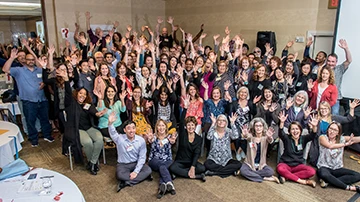
We did a lot of work over the course of the day, and we modeled the Distributive Learning Process in a way that I found incredibly valuable. What I loved most about the retreat, though, was that none of that was at the cost of having fun. Julie Dirksen, author of the awesome book Design for How People Learn (2016), makes the point that “a lot of what makes for a great learning experience is not about the content, but about the way the content is taught.”
For ETR, that meant music, games, photos with colleagues and so much more. It was truly a wonderful experience, one that I can’t wait to repeat next year. I can only hope that those of you who don’t work at ETR can take a little bit of our retreat and infuse it into your own, so that your staff retreats can be ever more exciting places of learning and connection.
Sarah Axelson, MSW, is the Director of Training at ETR. She leads the conceptualization, expansion and management of ETR’s training and professional development work.


